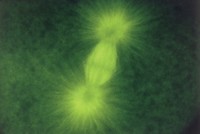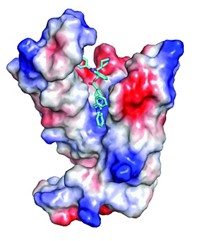Advertisement
Grab your lab coat. Let's get started
Welcome!
Welcome!
Create an account below to get 6 C&EN articles per month, receive newsletters and more - all free.
It seems this is your first time logging in online. Please enter the following information to continue.
As an ACS member you automatically get access to this site. All we need is few more details to create your reading experience.
Not you? Sign in with a different account.
Not you? Sign in with a different account.
ERROR 1
ERROR 1
ERROR 2
ERROR 2
ERROR 2
ERROR 2
ERROR 2
Password and Confirm password must match.
If you have an ACS member number, please enter it here so we can link this account to your membership. (optional)
ERROR 2
ACS values your privacy. By submitting your information, you are gaining access to C&EN and subscribing to our weekly newsletter. We use the information you provide to make your reading experience better, and we will never sell your data to third party members.
Biological Chemistry
Palmitoyltransferase structures could aid inhibitor discovery
Enzymes add lipids to many proteins, including some associated with cancer
by Stu Borman
January 15, 2018
| A version of this story appeared in
Volume 96, Issue 3

Palmitoyltransferases (PATs) are a bit of a mystery. These membrane-embedded enzymes add lipid groups of various lengths to more than 10% of human proteins, enhancing the proteins’ abilities to associate with cell and cell-organelle membranes. PATs also play important roles in cancer and other diseases. One called DHHC20 adds lipids to epidermal growth factor receptors like HER2, which is overexpressed in some breast cancer cells. But the PAT family was discovered only in 2002, and no one had succeeded in analyzing the structure of anything other than just a fragment of one of the enzymes. Now, by screening to find a PAT amenable to crystallization, mutating another to boost its tendency to crystallize, and laboriously optimizing the crystals that formed, Anirban Banerjee of the National Institute of Child Health & Human Development and coworkers have obtained key structural details on two PATs, DHHC20 from humans and DHHC15 from zebrafish (Science 2018, DOI: 10.1126/science.aao6326). In addition, the team’s characterization of PAT mutants enabled them to propose that PATs with larger active-site cavities catalyze the addition of longer lipids to protein substrates. Banerjee and coworkers hope to structurally analyze additional family members and screen for PAT inhibitors that might have anticancer or other therapeutic effects.




Join the conversation
Contact the reporter
Submit a Letter to the Editor for publication
Engage with us on Twitter